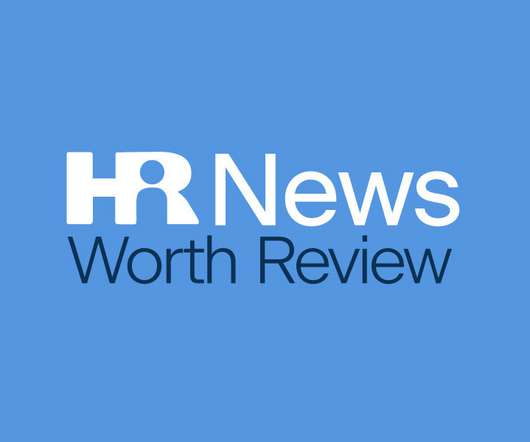3 questions employees should ask before Open Enrollment 2020
Benefit Resource Inc.
SEPTEMBER 22, 2020
Healthcare is complicated, so how can you get the most out of Open Enrollment 2020? These are general guidelines to give you a basic understanding of your healthcare expenses from the past year and guide your decisions for Open Enrollment 2020. Pro-tip: Save more by pairing a Health Savings Account with a low-premium plan.














Let's personalize your content